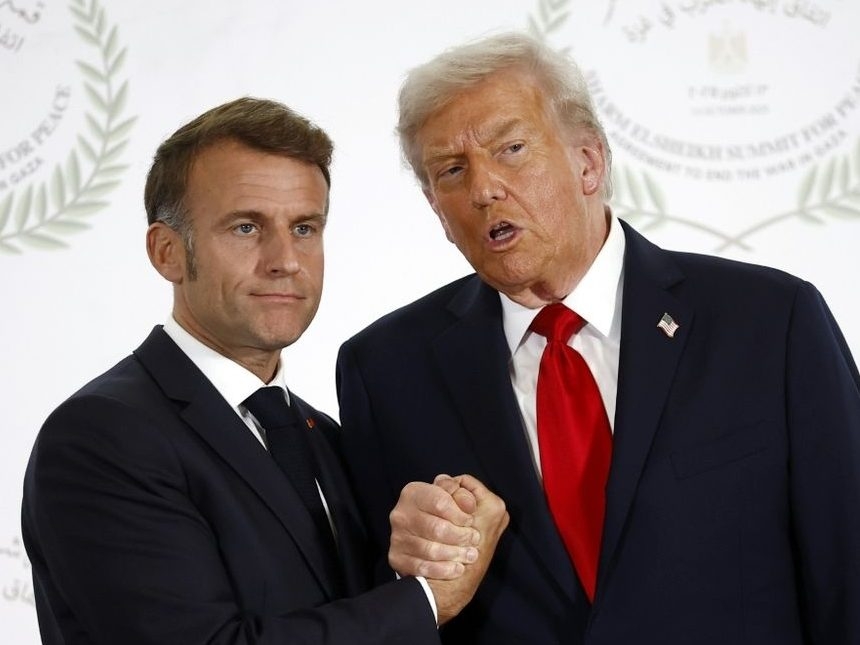After a grueling 42 days, the longest government shutdown in U.S. history teeters on the brink of resolution. A temporary funding measure, forged by a surprising alliance of centrist Democrats in the Senate, offers a pathway to reopening the doors of government as early as Wednesday.
The fate of this fragile agreement now rests with the House of Representatives, where Republican leadership has signaled a swift vote. If approved, the bill would provide a reprieve, funding most government operations through January 30th and select agencies until the end of September. A signature from former President Trump is expected, having already voiced his support.
The breakthrough came at a steep cost for Democrats. A key demand – the renewal of expiring Affordable Care Act subsidies – was quietly dropped, igniting fury among progressive members who had championed a firm stand against the previous administration. This concession was the price of ending a shutdown that had begun to cripple essential services.

The impact of the shutdown has been far-reaching. Air travel faced significant disruptions, vital food assistance programs stalled, and hundreds of thousands of federal employees endured over a month without paychecks. Rebuilding normalcy will be a slow process, with backlogs and delays anticipated across the federal bureaucracy.
The deal hinged on a promise – a future Senate vote on extending those crucial Obamacare insurance premium credits. However, this assurance feels precarious, as the current House Speaker has already refused to commit to a similar vote in his chamber. It’s a gamble, trading immediate relief for a future battle with uncertain odds.
The compromise sparked a dramatic rift within the Democratic party. Leaders like Governor Gavin Newsom of California and Governor JB Pritzker of Illinois publicly denounced the agreement as a betrayal, while Senator Elizabeth Warren condemned it as a failure to fight for healthcare access. The internal dissent underscores the difficult choices faced by the party.
House Democrats also voiced strong opposition, signaling a potential challenge to the bill’s passage. This internal struggle highlights the inherent difficulties Democrats face when attempting to exert influence in a Washington dominated by opposing forces. The shutdown exposed the limits of their leverage.
For weeks, Republicans maintained a firm line, refusing to negotiate on healthcare until the government was fully reopened. Senator Angus King, an independent who aligns with Democrats, described the preceding seven weeks as “fruitless attempts” to secure the inclusion of the Obamacare credits in the funding bill.
Despite the concessions, some glimmers of hope emerge for Democrats. Public opinion polls consistently placed blame for the shutdown squarely on Republicans. The crisis also forced the previous administration to defend a politically damaging position – the potential withholding of food aid from over 42 million low-income Americans.
The underlying issue – renewing tax credits for Affordable Care Act coverage – remains deeply popular with the public. Millions of Americans face the prospect of substantial premium increases without these credits, potentially adding hundreds of dollars to their monthly insurance bills. This issue continues to resonate with voters.
The proposed bill specifically funds critical departments like Agriculture and Veterans Affairs, alongside the Food and Drug Administration, military construction, and Congress itself, through September. Crucially, it also guarantees back pay for federal employees who worked without compensation during the shutdown and prevents further layoffs through January.
The end of this shutdown, while not a complete victory for either side, represents a temporary reprieve. It’s a stark reminder of the fragility of governance and the high stakes of political maneuvering in a deeply divided nation. The future of these vital programs, and the stability of the government itself, remains uncertain.





